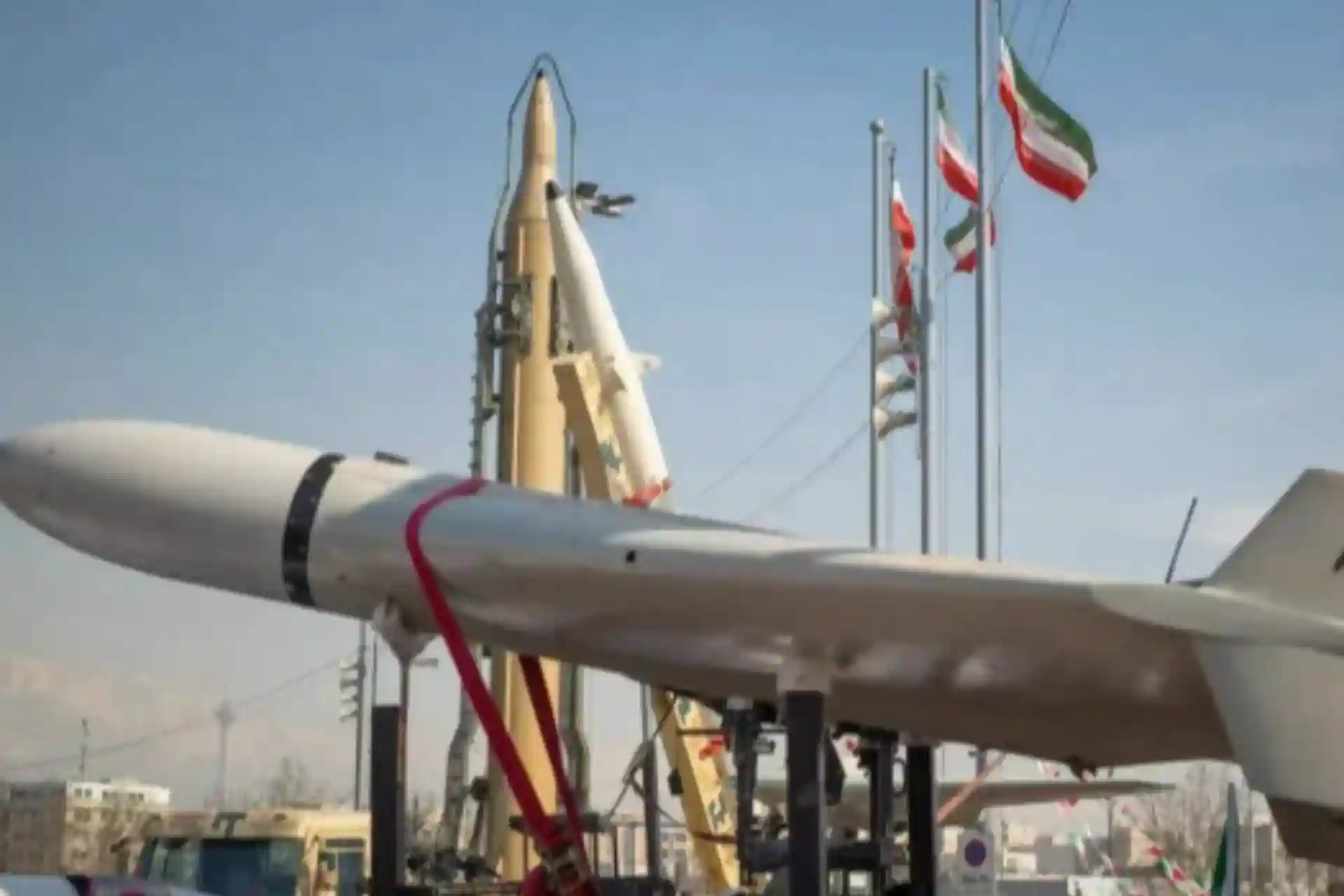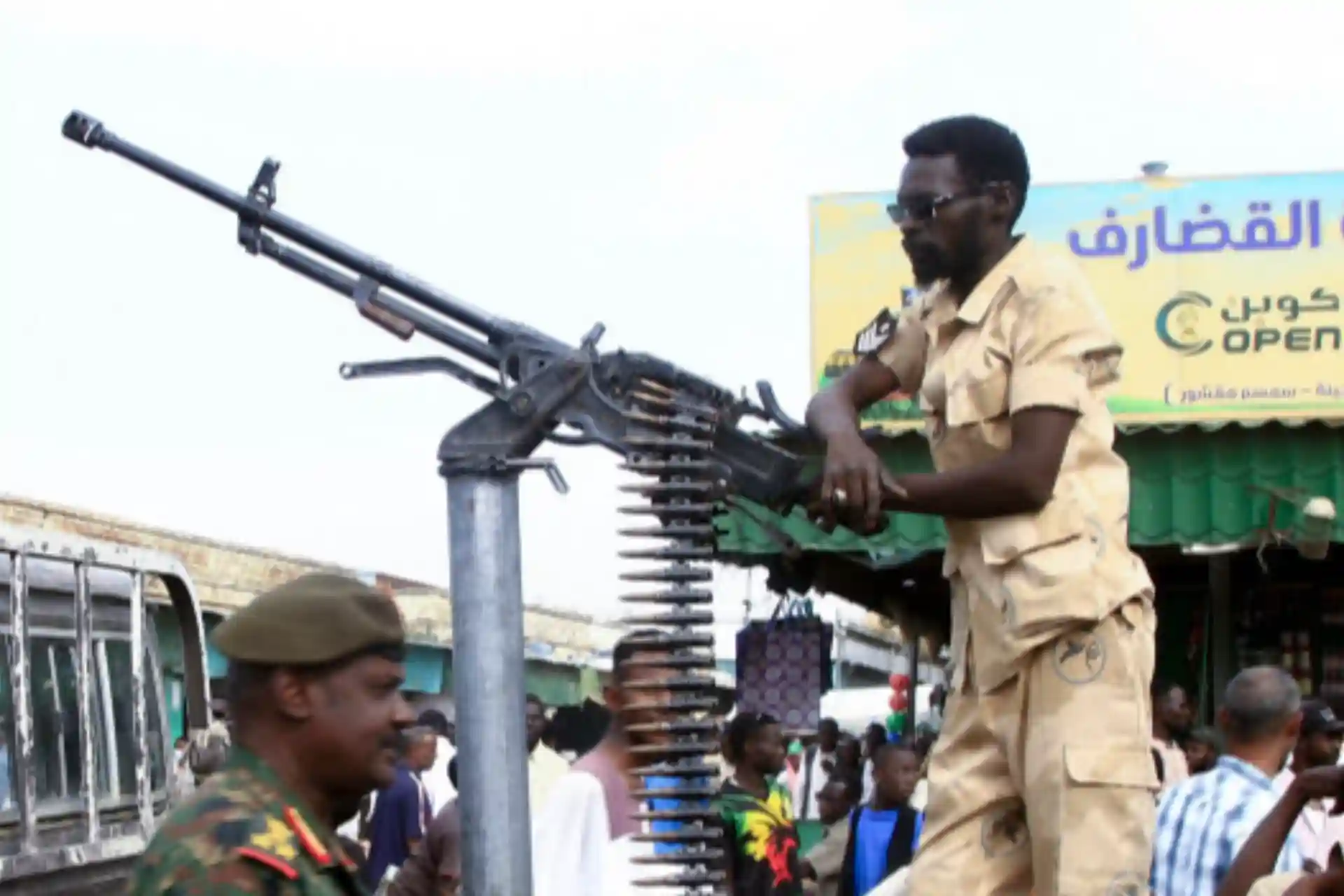Iran and the UAE are accused of violating the UN embargo on the supply of arms to South Sudan
Some evidence has been found of the use of drones by Iran and the United Arab Emirates in the war in Sudan .
Iran and the United Arab Emirates (UAE) are accused of violating a UN embargo on the supply of drones to warring parties in the 14-month conflict that has ravaged Sudan.
On March 12 , 2024, soldiers of the Sudanese government seized the national television and radio company. Until then, the headquarters of the company was under the control of the Rapid Action Forces (THK) and foreign mercenaries.
This military victory , which is important for the army, is related to Iran's drones .
Suliman Baldo, director of the Observatory of Political Transparency in Sudan, said that in the early stages of the war, the army relied only on the air force.
THK controlled Khartoum and most of Darfur in western Sudan from the ground, while the army maintained a presence in the air.
In early January 2024, a video of an army drone shot down by THK appeared on X (formerly Twitter).
Wim Ts Weinenburg, director of the humanitarian disarmament project at the Dutch peace organization PAX, said the wreckage , engine and tail resembled the Mohajer-6 drone, which was made in Iran.
Mohajer-6 is 6.5 m long, can fly up to 2,000 km, and carries out air strikes using guided munitions in free fall .
"These drones are very effective because they can identify targets with minimal training, " he says.
"All this shows Iran's strong support for the Sudanese army," he says, even though Sudan's ruling council refuses to buy arms from Iran.
"If these drones are equipped with guided munitions, then they were supplied by Iran, because these munitions are not produced in Sudan," Zweinenburg added.
In early December, a Boeing 747 passenger plane belonging to Iran's Qeshm Fars Air cargo airline took off from Iran's Bandar Abbas airport, headed for the Red Sea, and then disappeared from radar. A few hours later, satellites captured images of the same aircraft at Port Sudan airport in the east of the country, where the Sudanese army is based.
A photo of the same plane on the runway was later shared on Twitter.
This flight was repeated five times by the end of January, the same month the use of Iranian drones was documented.
We remind you that in 2018, the UN Security Council took measures aimed at stopping the flow of weapons to armed groups in South Sudan.
Qeshm Fars Air has been subject to US sanctions from time to time due to numerous allegations that it transports weapons and fighter jets across the Middle East, particularly to one of Iran's main allies, Syria.
However, early in the war, evidence emerged that the THK was using quadcopter drones capable of dropping 120mm mortar shells.
Photos and footage on social media show that the army has shot down many of these drones.
Brian Kastner, an arms expert at Amnesty International, pointed to the UAE's involvement.
"The UAE has supplied similar drones to its allies in other conflict zones, such as Ethiopia and Yemen," he said.
According to a UN report to the Security Council earlier this year, aviation surveillance experts observed an airlift of civilian aircraft allegedly carrying weapons from the UAE to Sudan. The UAE denies this claim.



